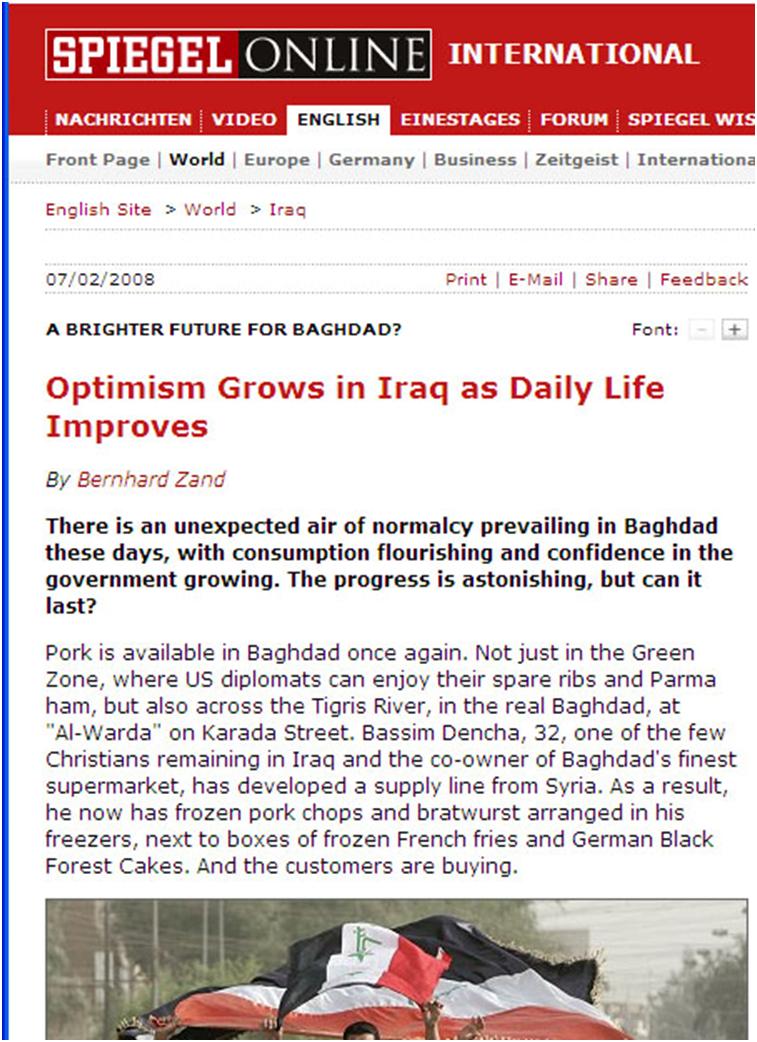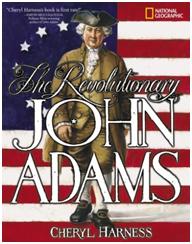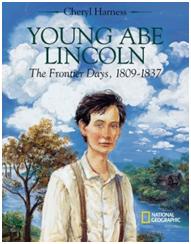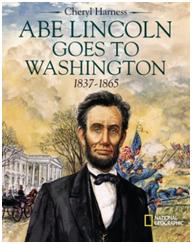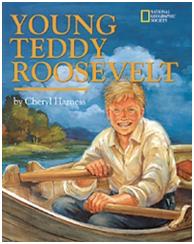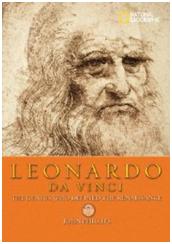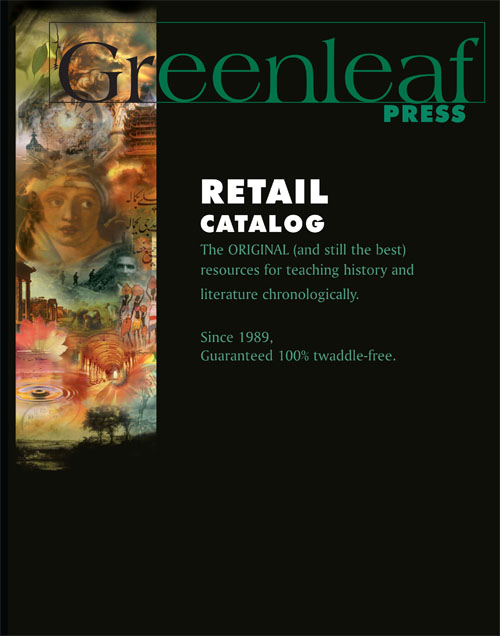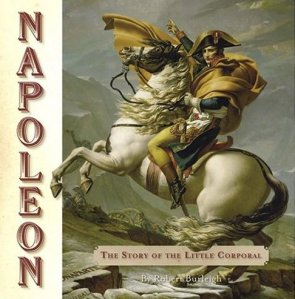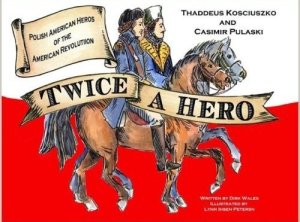In honor of Independence Day:
 George vs. George: The American Revolution as seen from Both Sides, by Rosalyn Schanzer. It’s rare for a children’s book in the US to give any consideration to the British position on the rebellion in the colonies. Schanzer has the perfect hook to start her book – the similarities between George Washington of Virginia and George III of England. George III was 22 when he succeeded his grandfather as King in 1760. George Washington was slightly older (he was 28 in 1760) but his upbringing, as an English gentleman in the colonies was remarkably similar to King George’s in England. From the similarities in their personal lives, Schanzer then examines how government worked in England and in the Colonies and then reviews the controversy over taxes in the colonies from 1764-1770. Finally, she shows how George vs. George came into direct conflict in 1774-1775 over the blockade of Boston and the attempt to disarm the colonists and seize their guns at Lexington & Concord. She gives a detailed comparison of the British forces vs. the Rebel forces and then gives a good overview of the Tides of War 1776-1783. There are two final sections on what each George did after the war. Washington went on to be President of course, and George III ruled as King of England for 60 years, dying in 1820. Paperback, 60 pages, $6.95 directly from Greenleaf Press.
George vs. George: The American Revolution as seen from Both Sides, by Rosalyn Schanzer. It’s rare for a children’s book in the US to give any consideration to the British position on the rebellion in the colonies. Schanzer has the perfect hook to start her book – the similarities between George Washington of Virginia and George III of England. George III was 22 when he succeeded his grandfather as King in 1760. George Washington was slightly older (he was 28 in 1760) but his upbringing, as an English gentleman in the colonies was remarkably similar to King George’s in England. From the similarities in their personal lives, Schanzer then examines how government worked in England and in the Colonies and then reviews the controversy over taxes in the colonies from 1764-1770. Finally, she shows how George vs. George came into direct conflict in 1774-1775 over the blockade of Boston and the attempt to disarm the colonists and seize their guns at Lexington & Concord. She gives a detailed comparison of the British forces vs. the Rebel forces and then gives a good overview of the Tides of War 1776-1783. There are two final sections on what each George did after the war. Washington went on to be President of course, and George III ruled as King of England for 60 years, dying in 1820. Paperback, 60 pages, $6.95 directly from Greenleaf Press.
 Farmer George Plants a Nation, by Peggy Thomas.. A delightful book that shows us an overlooked side of George Washington. Washington was the owner of a substantial plantation of Virginia and devoted most of his life to managing it, improving it, tinkering with methods and machines to improve his crops. In many ways, he might be described as man who spent his life farming, with a few interludes where he dabbled in politics and military command. The book begins with Washington as a young man who has just inherited his older brother’s plantation, Mt. Vernon (named for the British admiral under whom his brother had served). Washington orders books on farming from England and then throws himself into the study of farming in general, and the characteristics of his own land and climate in particular. One of his first innovations was a combination plow/tiller/harrow that reduced the time and effort needed to sow his fields with barley. Over the years, no matter where he was, Washington thoughts always turned to Mt. Vernon. He wrote home asking for news, and giving instructions for projects he wanted carried forward. The period from 1781 to 1787 was perhaps his happiest. The war with Britain was over, and he was able to spend his days uninterrupted tending Mt. Vernon. During the eight years that he served as President, Washington kept Mt. Vernon close to his heart. From the presidential desk in New York, he designed new barns and new machinery. It is characteristic of his life, that his last act, in December of 1799 was to ride out and check on his fields. Hardback, 40 pages, $17.95 directly from Greenleaf Press.
Farmer George Plants a Nation, by Peggy Thomas.. A delightful book that shows us an overlooked side of George Washington. Washington was the owner of a substantial plantation of Virginia and devoted most of his life to managing it, improving it, tinkering with methods and machines to improve his crops. In many ways, he might be described as man who spent his life farming, with a few interludes where he dabbled in politics and military command. The book begins with Washington as a young man who has just inherited his older brother’s plantation, Mt. Vernon (named for the British admiral under whom his brother had served). Washington orders books on farming from England and then throws himself into the study of farming in general, and the characteristics of his own land and climate in particular. One of his first innovations was a combination plow/tiller/harrow that reduced the time and effort needed to sow his fields with barley. Over the years, no matter where he was, Washington thoughts always turned to Mt. Vernon. He wrote home asking for news, and giving instructions for projects he wanted carried forward. The period from 1781 to 1787 was perhaps his happiest. The war with Britain was over, and he was able to spend his days uninterrupted tending Mt. Vernon. During the eight years that he served as President, Washington kept Mt. Vernon close to his heart. From the presidential desk in New York, he designed new barns and new machinery. It is characteristic of his life, that his last act, in December of 1799 was to ride out and check on his fields. Hardback, 40 pages, $17.95 directly from Greenleaf Press.
 Duel! Burr and Hamilton’s Deadly War of Words,
Duel! Burr and Hamilton’s Deadly War of Words,
by Dennis Brindell Fradin. An unlikely topic for a children’s book, but an important and jarring event from early in United States history. Hamilton and Burr had both served as officers on George Washington’s staff. Hamilton was appointed by Washington as the first Secretary of the Treasury. Burr was elected Vice President in 1800 on the winning ticket with Thomas Jefferson. Both men had difficult childhoods (a fact poignantly referenced in the book’s opening pages). Hamilton was orphaned at 13 on the Caribbean island of Nevis. Burr was orphaned at two in Newark, New Jersey. Near the end of his term as vice president, Burr ran for governor of New York. Hamilton opposed him and when Burr lost, he blamed Hamilton for having started malicious rumors that blackened his name. He challenged Hamilton to a duel. Hamilton accepted the challenge. The drawings of the two men rowing across the Hudson, facing each other at twenty paces, aiming, and firing are sobering and compelling. Each fired one shot. Burr was unscathed, but Hamilton was fatally wounded. This is a fascinating look at one of the less savory moments in our political history. The book makes the point that after the duel, Burr was disgraced – his future in politics destroyed. The book affords an excellent opportunity to talk with children about anger, forgiveness, and the terrible consequences of rash deeds. Hardback, 40 pages, $16.95 directly from Greenleaf Press.
 My Name is York,
My Name is York,
by Elizabeth Van Steenwyk. One of the fascinating details of the Lewis and Clark expedition is the inclusion in the party of Captain Clark’s black slave, York. With simple, understated text, Van Steenwyk imagines what the voyage of exploration would have looked like through York’s eyes. The color illustrations by Bill Farnsworth and arresting and compelling. They capture the tension between a new world and a new country dedicated to freedom that still tolerates the continuation of slavery. Paperback, 32 pages, $7.95 directly from Greenleaf Press.
 How We Crossed the West: The Adventures of Lewis & Clark
How We Crossed the West: The Adventures of Lewis & Clark
by Rosalyn Schanzer. Schanzer takes her text form the Journals of Lewis and Clark, selecting the most noteworthy, daring, arresting incidents they experienced along the way. She takes the diary entries and illustrates the events that they describe. The result is an adventure book, all the more compelling because it is true. Paperback, 48 pages, $7.95 directly from Greenleaf Press.
 Gold Fever! Tales from the California Gold Rush, by Rosalyn Schanzer. To prepare for writing and illustrating this book, Schanzer visited every California gold rush historical site she could find. She took more than 600 photographs of everything from gold nuggets to saloons in order ot make her art as accurate and flavorful as possible. With skill and humor Rosalyn brings historical characters vividly to life. The adventures of the 49ers, whether they traveled by land or by sea make some tall tales sound tame. Paperback, 48 pages, $7.95 directly from Greenleaf Press.
Gold Fever! Tales from the California Gold Rush, by Rosalyn Schanzer. To prepare for writing and illustrating this book, Schanzer visited every California gold rush historical site she could find. She took more than 600 photographs of everything from gold nuggets to saloons in order ot make her art as accurate and flavorful as possible. With skill and humor Rosalyn brings historical characters vividly to life. The adventures of the 49ers, whether they traveled by land or by sea make some tall tales sound tame. Paperback, 48 pages, $7.95 directly from Greenleaf Press.
Have a happy (and safe) Fourth of July celebration! (I always enjoy the fireworks!)
- Rob Shearer
Publisher, Greenleaf Press
Director, Schaeffer Study Center

